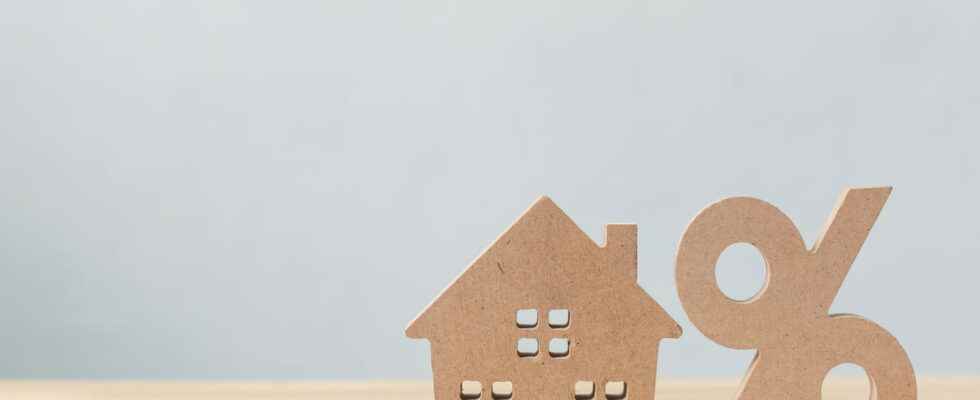WEAR RATE. Faced with the surge in refusals of mortgage loans, the Banque de France raised the usury rate to 3.03% in October 2022.
[Mis à jour le 24 octobre 2022 à 11h54] The usury rate allows you to define the maximum legal rate at which credit institutions are authorized to charge when they grant you a loan. home loan. This wear rate is set at the end of each quarter, for the following quarter, by the Banque de France. the October 1, 2022, the Banque de France raised the usury rate. For the next three months, the wear rate for fixed-rate mortgages under 20 years is now set at 3.03%. Something to give a little smile to borrowers, as well as to brokers in the face of the critical situation observed since the beginning of 2022 (many loan applications are being refused).
Above all, the usury rate makes it possible to protect a borrower against excessive rates that could be offered to him by various credit institutions. In other words, it makes it possible to avoid situations of serious over-indebtedness for an individual, and on a larger scale, the destabilization of the global economy. It therefore plays a regulatory role.
| Type of loans | Average rate in the 3rd quarter of 2022 charged by credit institutions | Attrition rate as of October 1, 2022 |
| Fixed rate loan < 10 years | 2.27% | 3.03% |
| 10 to 20 year fixed rate loan | 2.27% | 3.03% |
| Fixed rate loan > 20 years | 2.29% | 3.05 |
It is the Banque de France which sets the rate of wear. It is based on the average effective rates charged by credit institutions increased by a third. The thresholds vary according to the amount borrowed, the duration of the loan and the category of loan chosen (Consumer credit or revolving credit for example).
In 2022, the evolution of the real estate market is more than doubtful and uncertain. Since the beginning of 2022, interest rates have been rising faster than this famous rate of wear. De facto, many pretenders to the real estate loan are denied their loan application. A study ofOpinion Systemcommissioned by the French Association of Bancassurance Intermediaries (AFIB) even affirms that since January 2022, this increase in the wear rate is responsible for the refusal of 45% home loan applications from the banks. This is why some professionals in the sector are asking for a change in the method of calculating the wear rate by increasing by two thirdsinstead of a third.
